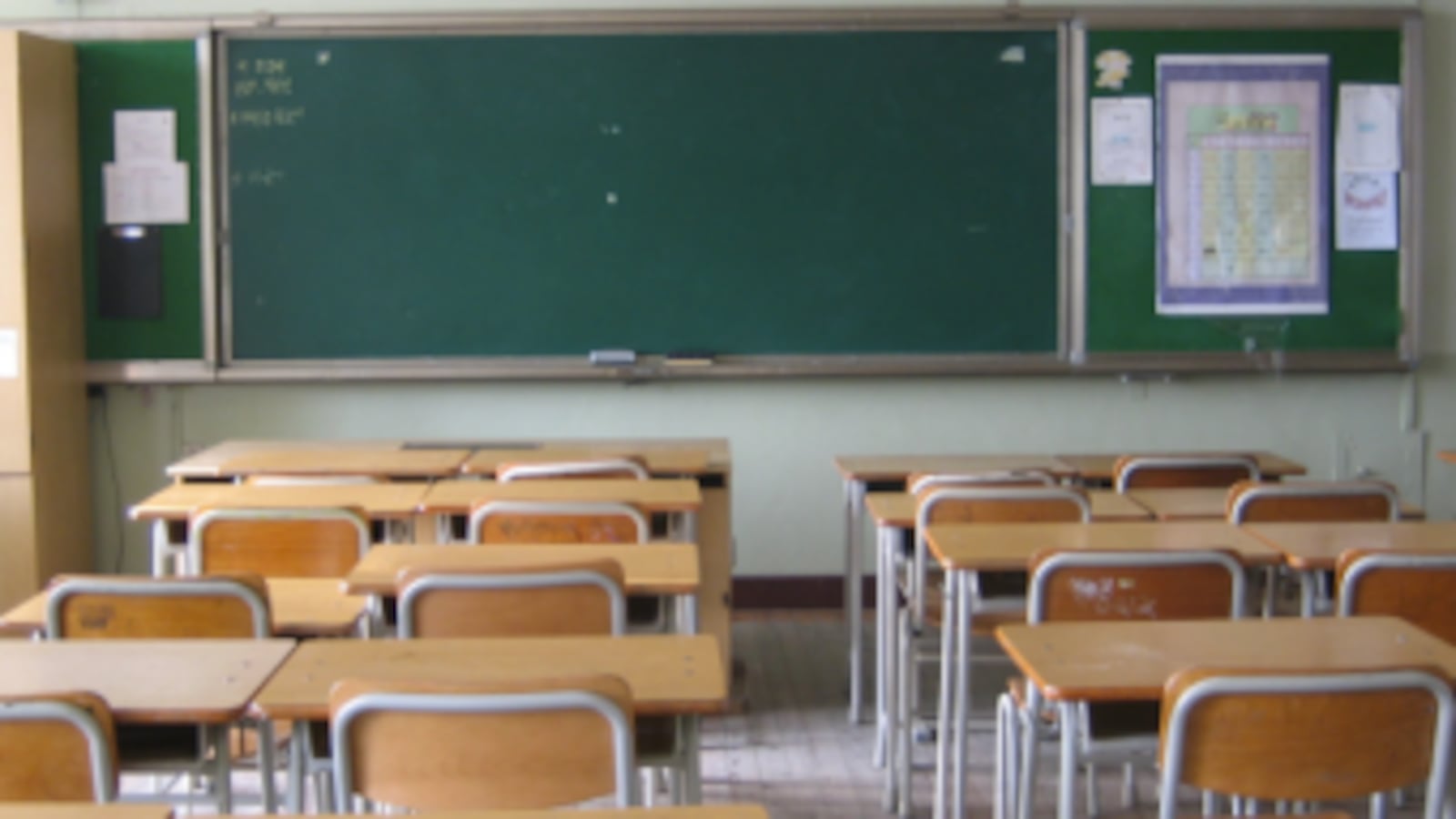What was intended as a one-time budget fix under former Gov. Jennifer Granholm has remained in place for nearly a decade, and has since 2009 diverted $4.5 billion in funding from the state’s K-12 schools to universities and community colleges, according to a report the Michigan League for Public Policy released today.
The study states that Granholm initially used money from the School Aid Fund, meant to fund K-12 education, as a one-time “loan” amid the economic downturn in 2009. Since then, however, Governor Rick Snyder’s administration, with support from the Michigan Legislature, has made a budget strategy of shifting School Aid Fund dollars to pay for tax cuts for businesses and wealthy individuals, the report said.
“Over the past eight years, the exception, unfortunately, became the rule, and using School Aid Fund dollars for higher education went from a last resort to the first order of business,” said Gilda Z. Jacobs, president and CEO of the Michigan League for Public Policy.
Throughout the Snyder years, conservatives have argued that more money directed at K-12 education wouldn’t necessarily improve outcomes. They pointed out that while school funding has been going up, the state’s test scores have been going down. But the report suggests that at least part of the increased funding has been siphoned off for colleges and universities.
Some $637 million in funding was diverted from K-12 education during the 2017-2018 school year, and those same schools will lose out on nearly $1 billion during the 2018-2019 school year.
Jacobs said while this tactic may be legal, “it is morally and fiscally irresponsible, and lawmakers should put an end to the practice immediately and permanently.”
During Snyder’s tenure, a growing portion of the budget for community colleges and universities has come from the School Aid Fund, the report said. And over the past five years, the total budget for community college operations have come entirely from the fund. The study also highlights that the state’s most recent budget more than doubles the School Aid Fund money going to higher education, thus accounting for a third of state funding for public colleges and universities.
But James Hohman, director of fiscal policy for the free-market think tank Mackinac Center for Public Policy, in response to the report, defended the practice, saying it is “expressly permitted by the state constitution.”
“Are they going to criticize rain for being wet next?” he said.
David Hecker, president of the American Federation of Teachers-Michigan, said the state needs to fund public education at all levels.
“Undercutting education and all the other tax cuts have really worked to decimate the funding that our students need,” he said. “We think the school aid should be for K-12, but they absolutely must then fund universities and community colleges the way they need to be funded out of the general fund.”
The Michigan League for Public Policy study, titled, “A Hard Habit to Break: The Raiding of K-12 Funds for Postsecondary Education,” said additional funding is needed for the state’s educational initiatives such as Early On Michigan, an early intervention program to identify and treat children from birth to 36 months with special needs. Early On receives $12.4 million in federal funding, and for the first time, state legislators approved $5 million from the School Aid Fund in the 2019 budget. But the Early On Foundation said the program needs an estimated $63 million to serve all students who need early intervention.
The Michigan League for Public Policy also advocated more School Aid Fund money go to the state’s At Risk School Aid Program, a school-based effort to improve reading skills among students who are falling behind. (A new state law will require third-graders to test as proficient in reading, or be held back.)
Craig Thiel, research director for the Citizens Research Council of Michigan, said there is nothing unlawful about the way the money has been diverted. “All money that the state collects is green,” he said, “and can be spent within the letter of the law wherever it’s allowed to be spent.”
He said it’s hard to know if the money shifted to colleges and universities would have translated into K-12 academic gains.
“The question is would that have helped stymie or mitigate the slide of test scores in the state?” he said. “If the money had been put in classrooms, would the scores in Detroit, Flint, Livonia, and Birmingham be any better? We just don’t know.”

